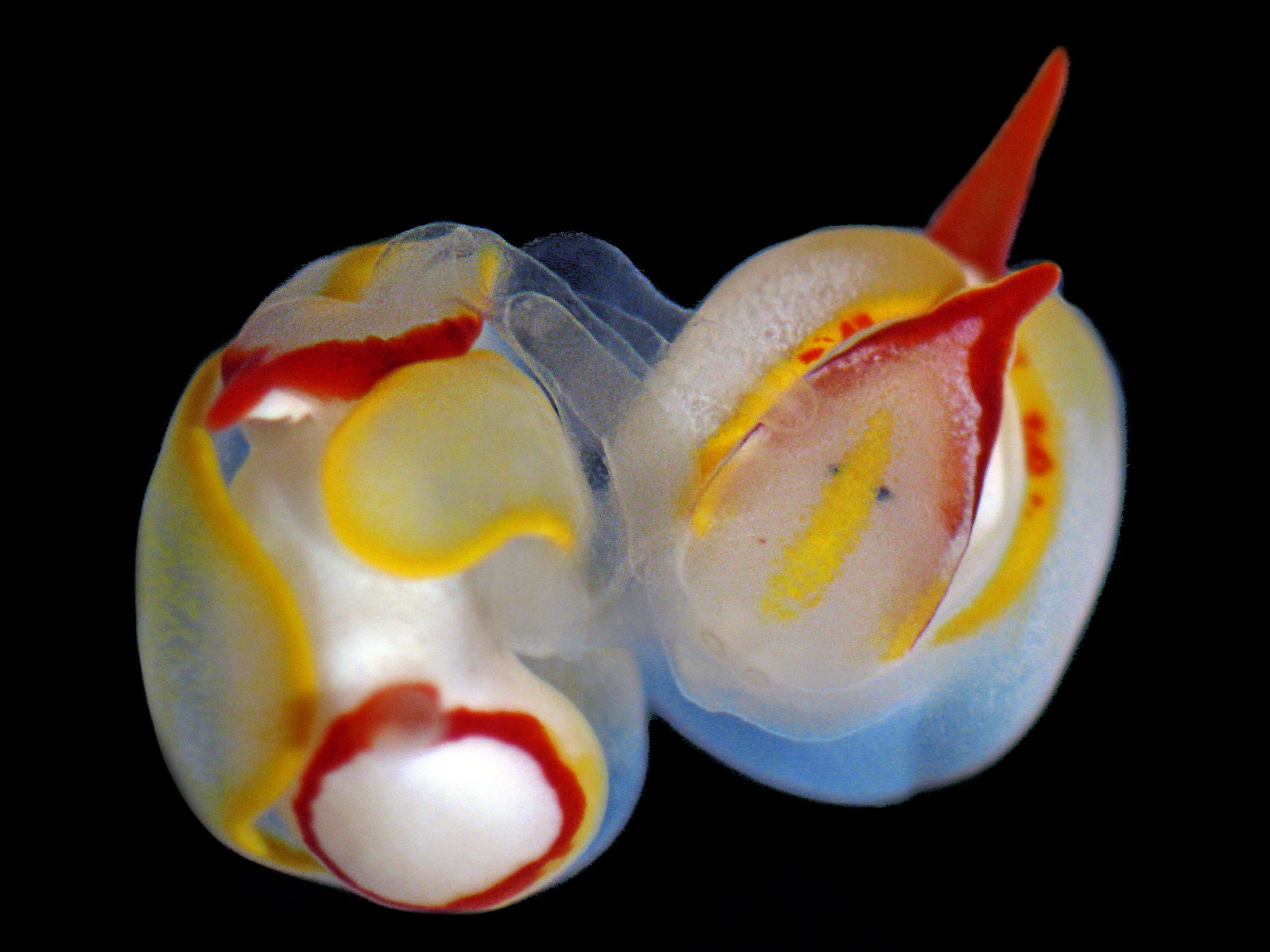
This Week’s Most Intriguing Discoveries
It's raining cats and dogs—and unicorns. Here's the week's five most intriguing discoveries.
Super typhoon Haiyan was unquestionably the week's top story, after it pummeled the Philippines and left its citizens in distress. (See "5 Reasons the Philippines Is So Disaster Prone".)
In between covering this disaster, we found some cool discoveries lurking around. Here's what you should know:
1. Love hurts—at least for sea slugs who mate by stabbing. Sea slugs aren't exactly gentle lovers: They use a hypodermic device to shoot chemicals into their partners to make them "more willing."
Snails are hermaphrodites, so the love potion goes both ways. Terrestrial slugs employ a "love dart," which they shoot into their mates. It's coated with a substance that helps sperm to survive. Gives a whole new twist to "Bad Romance."
2. Big cats originated much earlier than previously thought. It's been a mystery for a while: When did big cats come onto the scene? A trip to Tibet to look for fossils turned up a big cat skull from the Late Miocene-Early Pliocene era—about 3.8 million years earlier than originally believed.
What's the big deal about studying these old cats? Researchers hope that understanding how they responded to environmental change will help us understand how today's big cats will respond to changes in the future.
3. Look to the moon for your next potential home. If your Earthly abode is still feeling the effects of the housing bubble, consider some property that's truly out of this world. Robert Bigelow of Bigelow Aerospace says he will reach out to the Federal Aviation Administration to allow property rights for mining on the moon.
The news comes on the heels of NASA's plans to test inflatable space tents with Bigelow's company in 2015. But it turns out that the moon may have deposits of valuable metals. What's in the way? The Outer Space Treaty seems to prohibit nations from granting property rights to lunar resources.
4. European hunter-gatherers first domesticated dogs from gray wolves. The boy who cried "wolf" may have been calling "dog." Thanks to testing of ancient canine DNA samples, researchers have found evidence that today's domestic dogs are directly descended from ancient European wolves.

Taming these wolves helped both parties: Pups got scraps from hunts and returned the favor by protecting their masters.
5. Unicorns exist! The saola, a rare ox with two horns called the Asian unicorn (its unicorn label is a bit of a misnomer, referring more to its rare status) has been sighted for the first time in 14 years.
The animal, native to Laos and Vietnam, was sighted by camera trap, but the scientists are also working on an interesting way to figure out the population of an endangered species: by looking at the contents of leech blood consumption. Here's hoping the endangered saola can survive.





